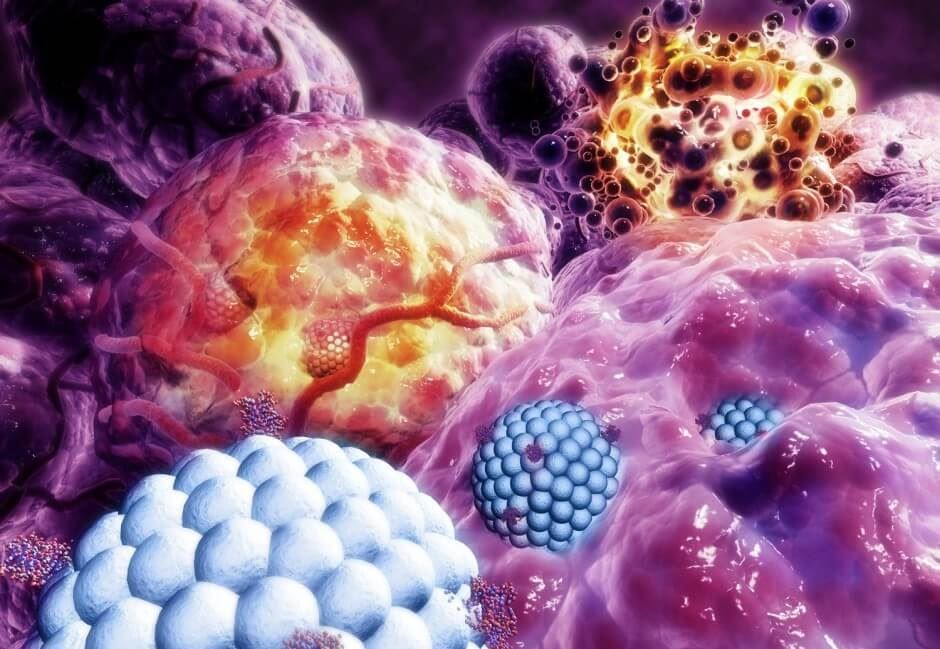Liposome based Delivery System Development Services
Nanotechnology is increasingly important in vaccine development. As vaccines are evolving toward less immunogenic minimalist compositions, adjuvants and delivery systems that increase the effectiveness of the antigen are of increasing importance. The use of nanoparticles in vaccine formulations not only improves antigen immunogenicity and stability, more importantly, targeted delivery and controlled release are also achieved. Various nanoparticle vaccines of different size, shape, composition and surface properties have been approved for human use, and the number of candidates is increasing. In terms of our extensive experience in delivery system development, Creative Biolabs is proud to offer our clients a series of nanoparticles development for vaccine delivery with the best quality and most competitive price.

There are still many infectious diseases for which effective vaccines have not been developed. In many cases, the failure to design a vaccine is due to the vaccine's inability to elicit the appropriate immune response, especially when the protective immunity requires cellular immunity. Materials of nanometer size (<1000 nm) such as virus-like particles (VLPs), liposomes, ISCOMs, polymers, and micelles have received increasing attention as potential delivery vehicles for vaccine antigens as they can both stabilize vaccine antigens and act as adjuvants. More importantly, some of these nanoparticles can enter antigen-presenting cells through different pathways and thus modulate the immune response to the antigen. This may be crucial for inducing a protective Th1-type immune response to intracellular pathogens. Their properties also make them suitable for delivery of antigens on mucosal surfaces and intradermal administration.
Types of Nanoparticles
- Liposomes: Liposomes are formed from biodegradable and non-toxic phospholipids. Liposomes can encapsulate antigen within the core or display on the surface of the liposomes for delivery, and incorporate the virus envelope glycoprotein to form virus particles.
- Immunostimulating complex (ISCOM): These spherical particles can capture antigens via apolar interactions. ISCOMATRIX contains antigen-free ISCOMs. ISCOMATRIX can be mixed with antigens to make ISCOMs more flexible by eliminating the limitations of hydrophobic antigens.
- Virus-like particles (VLPs): Virus-like particles resemble and mimic the structure of real viruses without being infectious. Since they do not contain any viral genetic material, they have significant potential to trigger a strong immune response without causing any actual harm. Expression of viral structural proteins such as Envelope or Capsid can result in the self-assembly of VLPs.
- Polymeric nanoparticles: A range of synthetic polymers are used to prepare the nanoparticles. These polymeric nanoparticles entrap antigen for delivery to certain cells or sustain antigen release by virtue of their slow biodegradation rate. Among them, PLG and PLGA nanoparticles have been widely studied because of their good biocompatibility and biodegradability. Natural polysaccharide-based polymers are also used in the preparation of nanoparticle adjuvants such as amylopectin, inulin, alginate and chitosan.
- Inorganic nanoparticles: These nanoparticles have the advantages of structural rigidity and controlled synthesis, but most are not biodegradable. Gold nanoparticles (AuNPs) are used for vaccine delivery because they can be easily fabricated into different shapes with a size range of 2-150 nm and can be surface modified with carbohydrates.
- Emulsions: Nano-sized emulsion particles may exist in the form of oil-in-water or water-in-oil, where the droplet size may vary from 50 nm to 600 nm. Emulsions may carry antigens in their core, or simply be mixed with antigens for efficient vaccine delivery.
Nano Inclusion Technology
Creative Biolabs' unique Nano Inclusion technology is suitable for small molecule chemotherapy drugs that have strong potency but are poorly soluble under physiological pH conditions and can only be administered orally in solid form. Through the Nano Inclusion technique, the complexed drug molecules are dissolved in a liquid and can be administered in liquid form. More importantly, by this delivery method, the drug can be directly infused into the tumor, so that such tumor drugs are no longer limited to one oral administration form.
NanoReactor Technology
To efficiently synthesize nanoparticles, Creative Biolabs has developed the NanoReactor technology for continuous precipitation of microparticles or nanoparticles, which is achieved by solvent/non-solvent precipitation under controlled process conditions.
For years, Creative Biolabs has consistently and effectively supported the vaccine development industry with a unique range of products and related services. Contact us, and you will get the best nanoparticles development services for your vaccine delivery with the most competitive price and the best quality.
All of our products can only be used for research purposes. These vaccine ingredients CANNOT be used directly on humans or animals.


